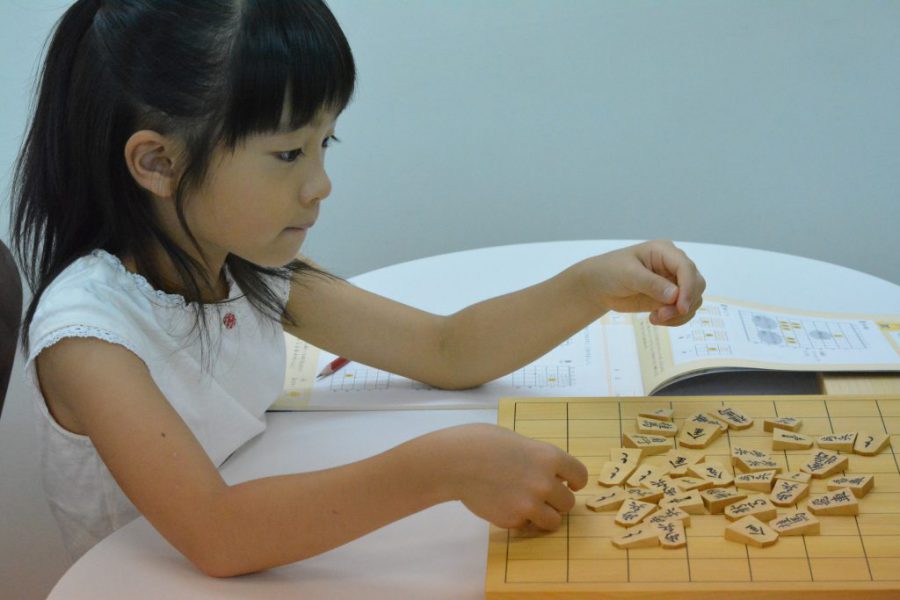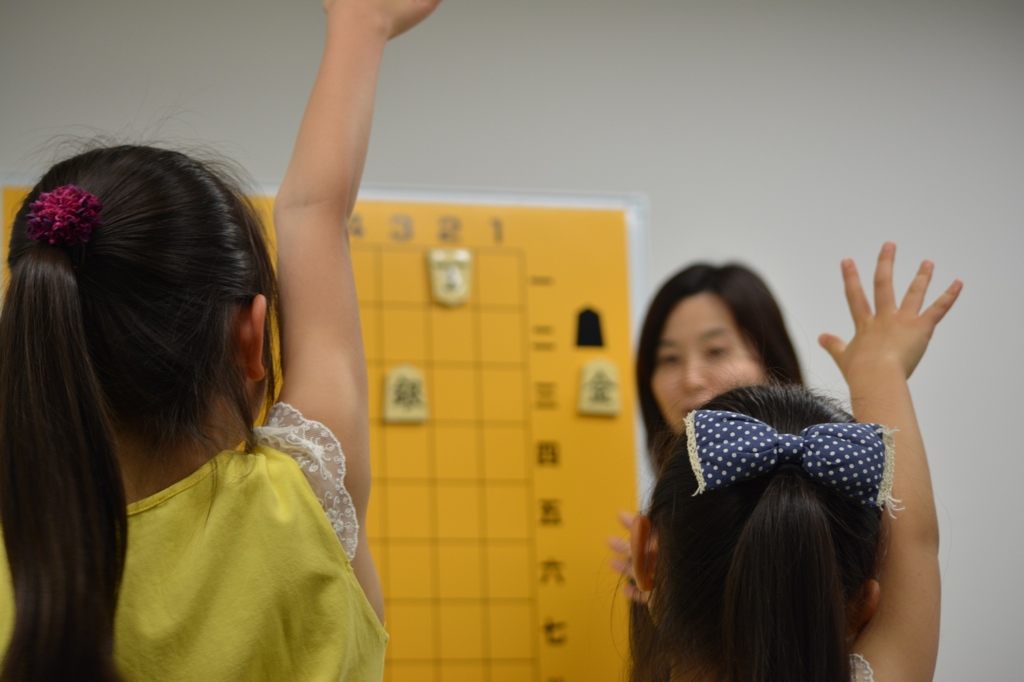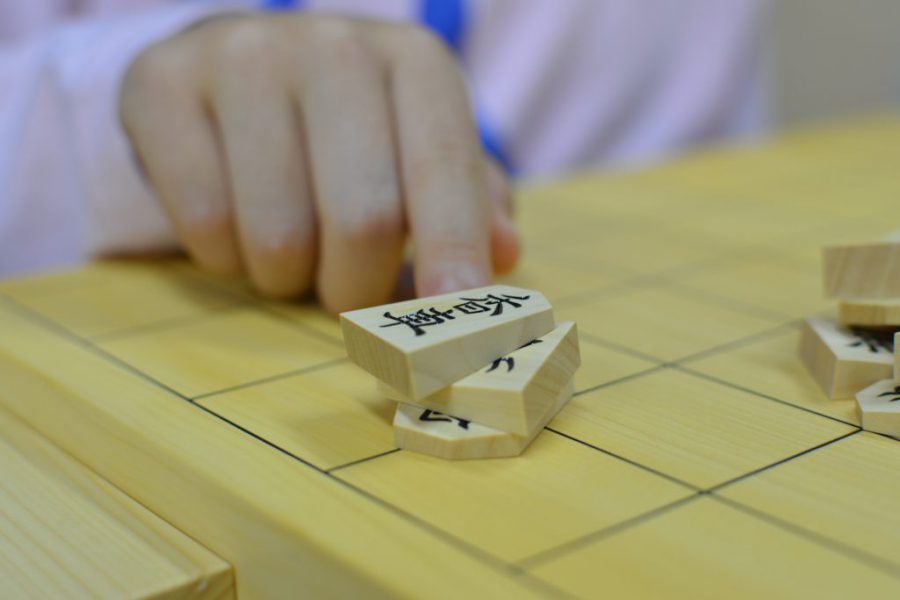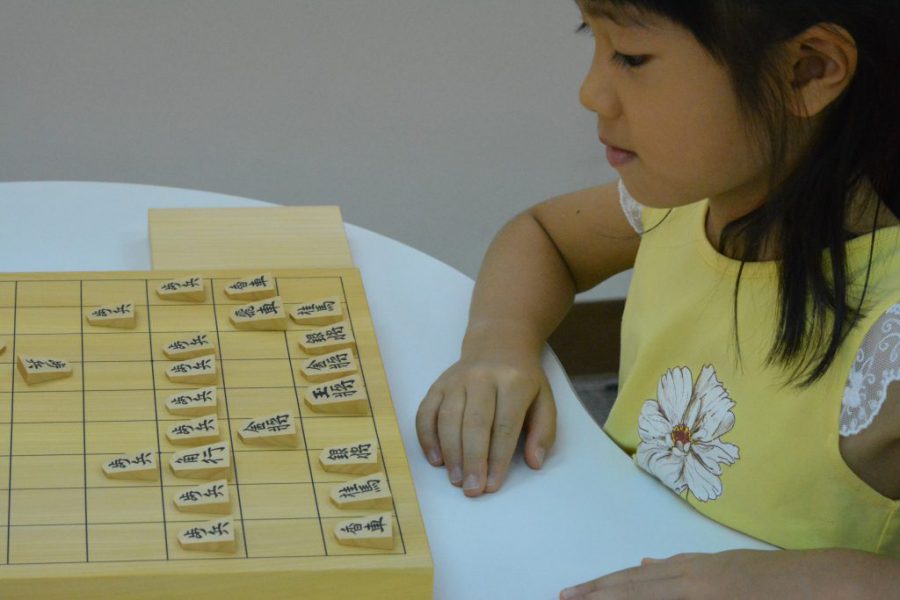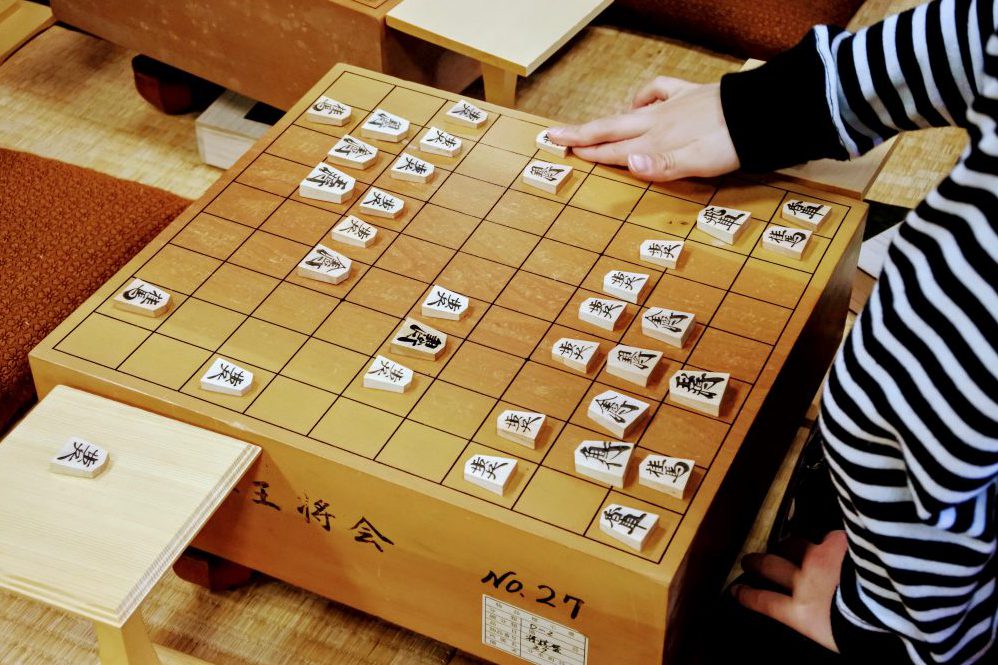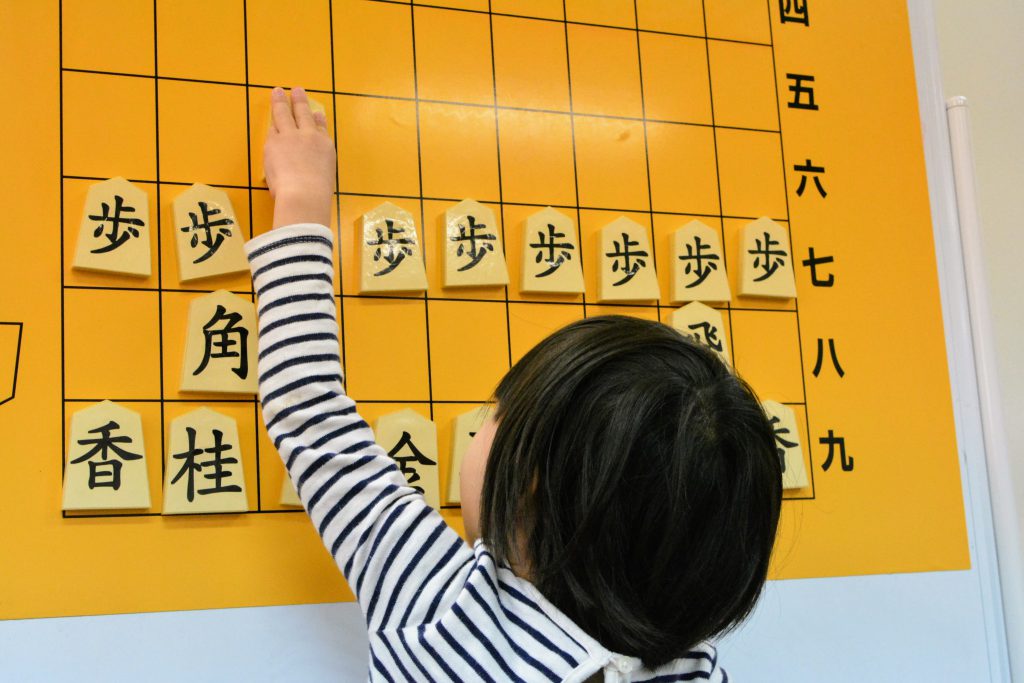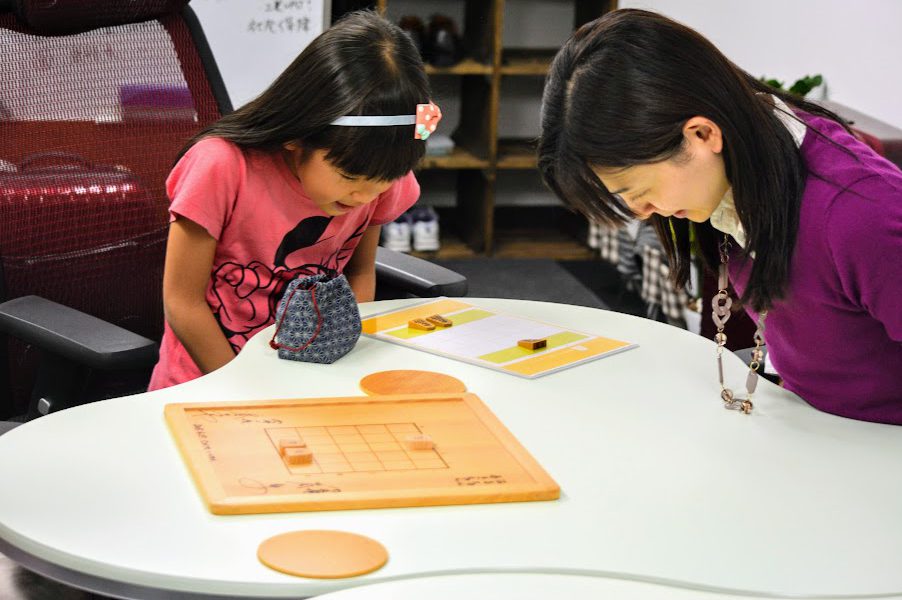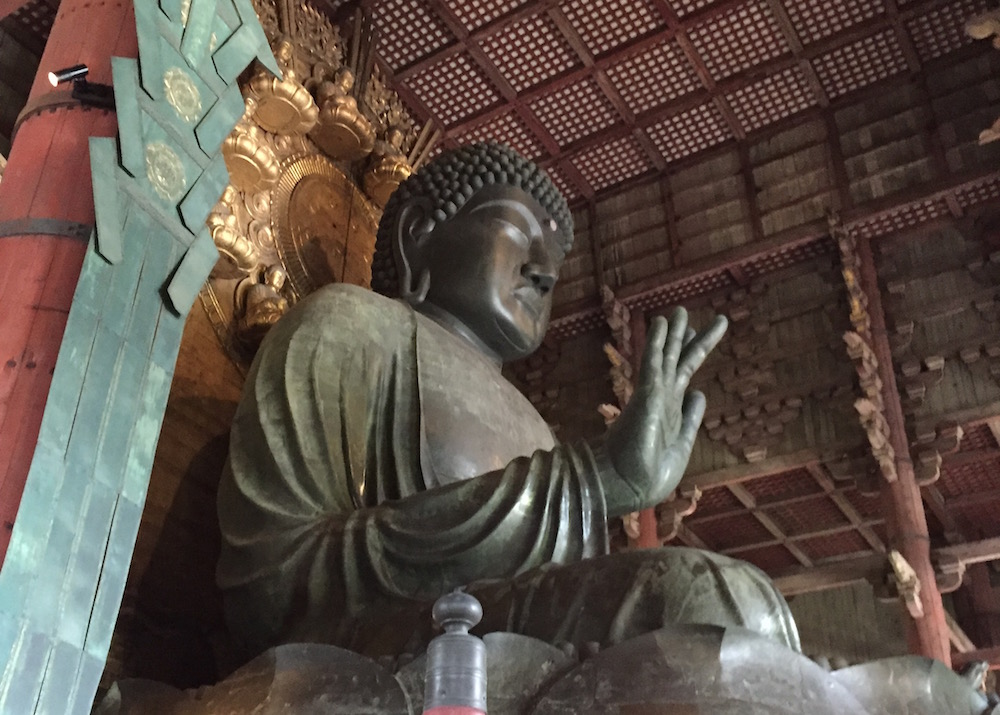I-tsu-tsu Blog
-
Manners of Shogi That Will Impress Others
There are many manners to play Shogi. Today I will introduce several manners that you don’t necessarily have to follow, but knowing them, or doing them, you would be considered as a well-mannered person. 1. Set up pieces in order of Ohashi style or Itou style. There are two styles of setting up pieces, Ohashi style and Itou style. Both of them were used by and named after two of three major Shogi families of Edo period, Ohashi family and Itou family. Currently, Ohashi style is mainly used, as it is easy to remember (I-tsu-tsu adopts Ohashi style). Actually, complicated Itou style has a deep and cultural connotation. This style
Nae Kanamoto 19 July 2017
-
Shogi Rules – How to Play Shogi – : Step 2-7 Illegal Move (Pieces to Move Nowhere)
Explore Art of ShogiA professional Shogi player invites you to the world of Shogi along with traditional Japanese culture Previously you learnt an illegal move called “Nifu (two pawns).” Let’s learn another illegal move today. If you make an illegal move during a game, you lose a game. So, you need to be careful about an illegal move you will learn today as well as the previous one. As seen in the above, if you move or drop a piece on a square from which the piece has nowhere to go for the next move, your move or drop is illegal. Since a piece has nowhere to go from the position,
Akiko Nakakura 1 July 2017
-
Mate Problem: Jammed with Good Points
There are three major Shogi practice methods: Mate problems, actual games, and replaying a recorded game in Kifu notation. It is said that mate problems are regarded as the paramount among them. Today, I would like to talk about its distinction. (Surely, the other two methods are also very important.) 1. You will get to understand typical patterns observed at the end of the game. Beginner players apt to play an endless game. It is assumed that most beginners tend to focus too much on taking the opponent’s pieces, and to lose their prior purpose of capturing the opponent’s King. This is one of the possible reasons for the beginners’ phenomenon
Akiko Nakakura 2 June 2017
-
Brain Training Games that a Child Can Play by Oneself
Looking at your child playing alone, you might wonder if he/she isn’t good at making friends. In fact, it is said that just because your children play by himself/herself, doesn’t mean he/she has some trouble in making friends. Rather, it is essential for personal growth. Also, for Moms who are busy doing household and child-raising, if your child play alone, you could use spare time effectively. Even though you can get some free time, children’s playing alone, say playing TV games or something with a smartphone, would make you feel unease. You probably want your child to allot such amount of time for something worthy. I think this is Moms’
Nae Kanamoto 2 June 2017
-
Shogi Rules – How to Play Shogi – : Step 2-6 Illegal Move, Nifu (Two Pawns)
Explore Art of Shogi A professional Shogi player invites you to the world of Shogi along with traditional Japanese culture. Shogi has a rule called Kinjite. Kinjite means illegal moves. We lose a game if we make illegal moves. Today, we are going to learn about Nifu, one of Kinjite. Nifu is the most commonly found illegal move among beginners’ games. Let’s check it out carefully. Nifu: Dropping a piece of Fu (Pawn) to a file where one’s another Fu (Pawn) is already placed is illegal in Shogi rules. It is okay to have a combination of To-Kin (Promoted Pawn) and Fu (Pawn) on the same file. Since the number of Fu (Pawn) piece
Akiko Nakakura 2 June 2017
-
Teamwork Learned from Shogi
I am ashamed to say that after having a job, at last I came to understand that we couldn’t live alone. Supposedly, club activities during the school days could be possible opportunities in which many people might learn the appreciation towards people around or the importance of teamwork. In Japan, there is a high school baseball tournament as a summer tradition. Players fight hard together impressively! You may view on Shogi as a game played silently. Not a few can’t even imagine that Shogi has something to do with teamwork. Actually, Shogi, a solitary game, creates a sense of teamwork. A teamwork existing in Shogi is coordination among pieces. When
Nae Kanamoto 26 May 2017
-
Partial Piece Formations: Five Castles with Snappy Names
As you know, Shogi is a game that resembles a real battle. Two players cleverly develop their strategies through the beginning, the middle, and the ending game to capture opponent’s King, as if they were heads of a country and a castle in the turbulent age. The most important stage throughout one Shogi game is the beginning. During this beginning stage, you may be busy to prepare for a battle, and at the same time to build a solid castle to protect your dear King. In Shogi game, this castle is named as “Kakoi”. Kakoi, a partial piece formation, represents as one of Shogi strategies in which you enclose your
Nae Kanamoto 25 May 2017
-
Partial Piece Formations: Five Castles with Lovely Names
The other day, we wrote an article titled “Partial Piece Formations: Five Castles with Snappy Names”. As I mentioned in that article, castles observed in Shogi are named “Kakoi”, which is one of Shogi strategies and some partial piece formations to enclose your King with some pieces. Speaking of castle in Shogi games, there are some majestic ones like Japanese castles and also not a few cute ones, whose names make girl’s heart sing like a fairy tale. Probably you may view on Shogi too classic to play. But, what if Shogi had something out of a fairy tale? Why not give it a try? So, I would like to
Nae Kanamoto 24 May 2017
-
Shogi Rules – How to Play Shogi – : Step 2-5 Address of Shogi Piece
Explore art of Shogi. A professional Shogi player invites you to the world of Shogi along with traditional Japanese culture. *Please note that the Kanji numbers in pictures are spelled in English in the text. The following Shogi boards have a face with files (vertical rows) numbered 1 through 9 from right to left, and ranks (horizontal rows) designated with Kanji characters, “一” (One) to “九” (Nine), from top to bottom. On the other hand, in the text, each Kanji character is replaced with an alphabet, from “a” to “i” : “一” with “a”, “二” with “b”, … and “九” with ”i”. Like your house, Shogi board has an address.
Akiko Nakakura 18 May 2017
-
Five Praise Points for Children Who Have Just Started Playing Shogi
When you raise your children, it is important that you praise them so that they can thrive on compliments. It is also the case with Shogi. (Personally, I also perform better with compliments!) Since Shogi is a game to be finished with a clear result, winning or losing, we are likely to focus on the result of the game. As I mentioned several times in this i-tsu-tsu blog, children who have just started playing Shogi would find it difficult to keep playing the game until they decide a winner. If parents pay attention only to the game result, children would have fewer opportunities to be praised in Shogi. Here are
Nae Kanamoto 18 May 2017
-
Five Things that Children will Learn through Traditional Japanese Lessons
April is just around the corner. In Japan, for school children, April is time to begin a new school year, and to meet new teachers and friends. Usually things change dramatically in Aril. So, I would say, April is the best season to start new things. Presumably, what is the best for children to start new things is “to start a new lesson.” Speaking of lessons, there are many kinds of them, such as cram schools, piano, and swimming. We, I-tsu-tsu, whose basic philosophy is “amazing authentic traditional Japanese culture for children in the world”, would like to recommend lessons of traditional Japanese things. When it comes to lessons of
Nae Kanamoto 15 May 2017
-
The Day Five-Year-Old Child Met The Great Buddha of Nara
I visited Nara last weekend. My purpose of visiting there was to see The Great Buddha of Nara, one of the three large statures of Buddha in Japan. My super cute nephew who just started talking after his second birthday also joined us this time. It was a little trip to learn traditional Japanese culture. Our trip started as follows. One day, my daughter who attends elementary school said, “If The Great Buddha of Nara stands up, he is 30 meter tall. I learned this from a riddle at school today.” Following this statement, she went, “Mom, that means he is big, doesn’t it?” At this moment, I realized that
Hisae Ozaki 30 March 2017
If there is anything we can help you with,or you have any questions,
please do not hesitate to contact us.

